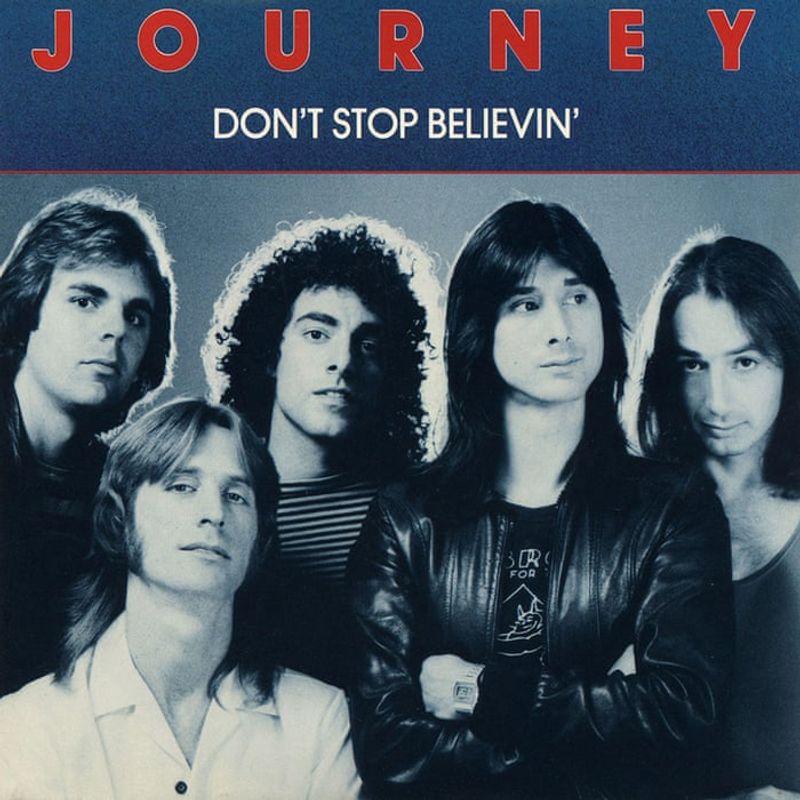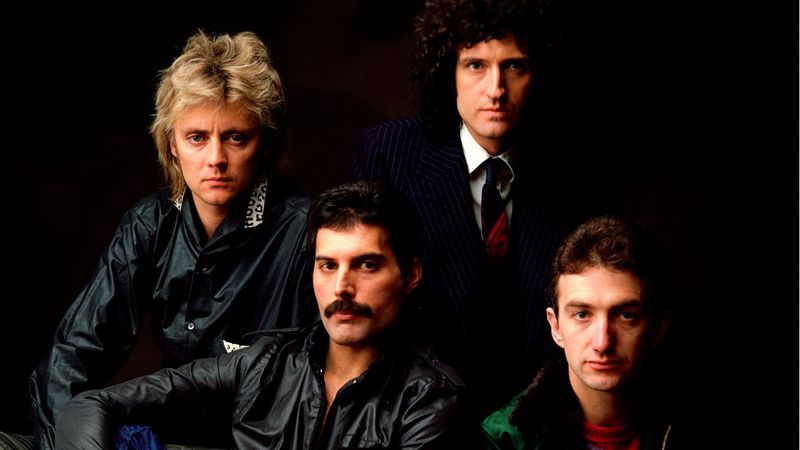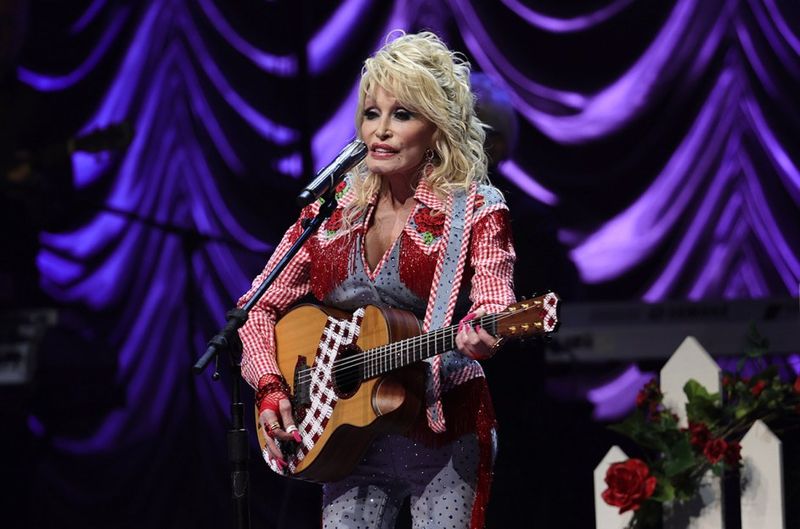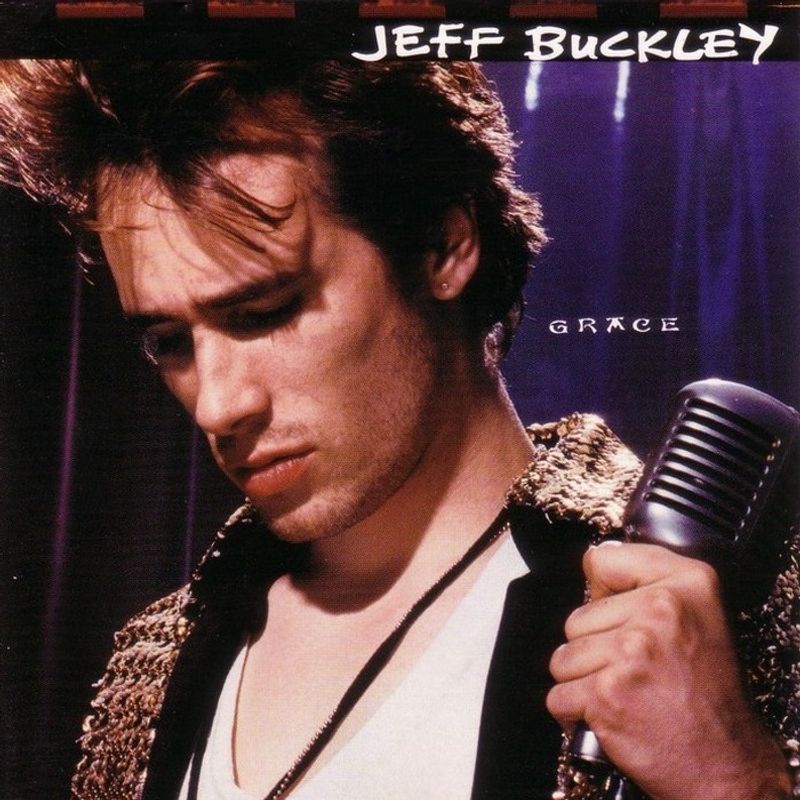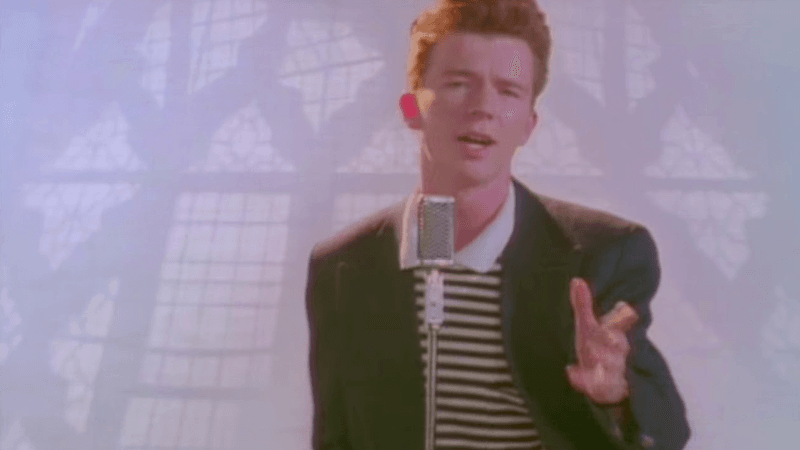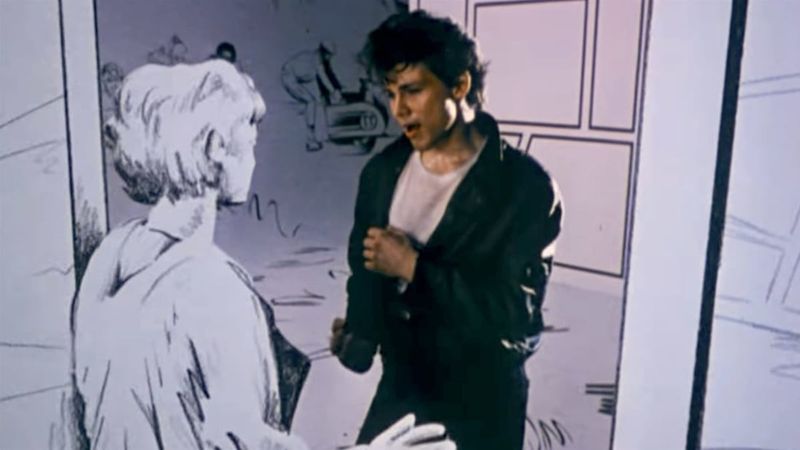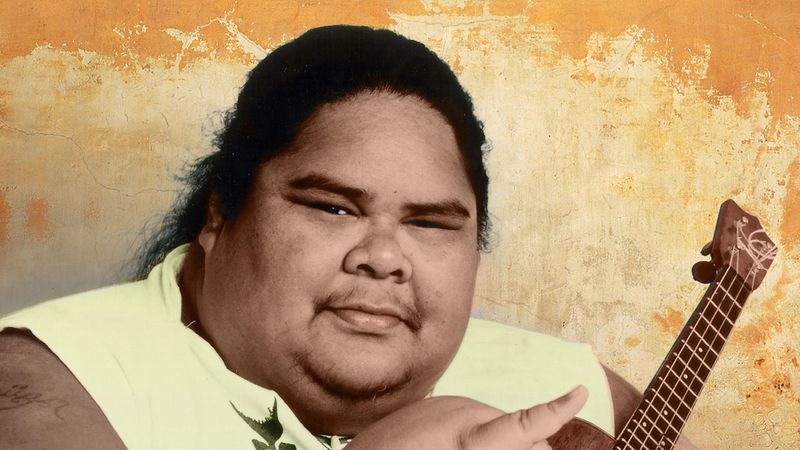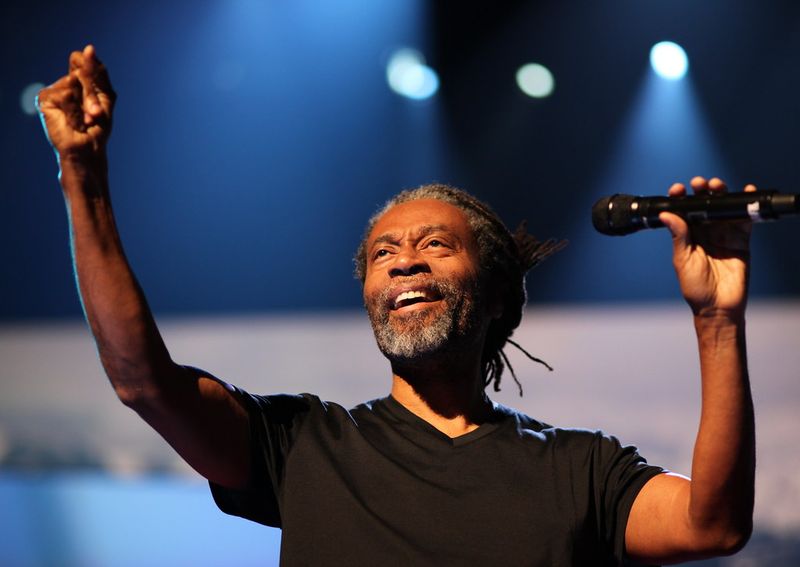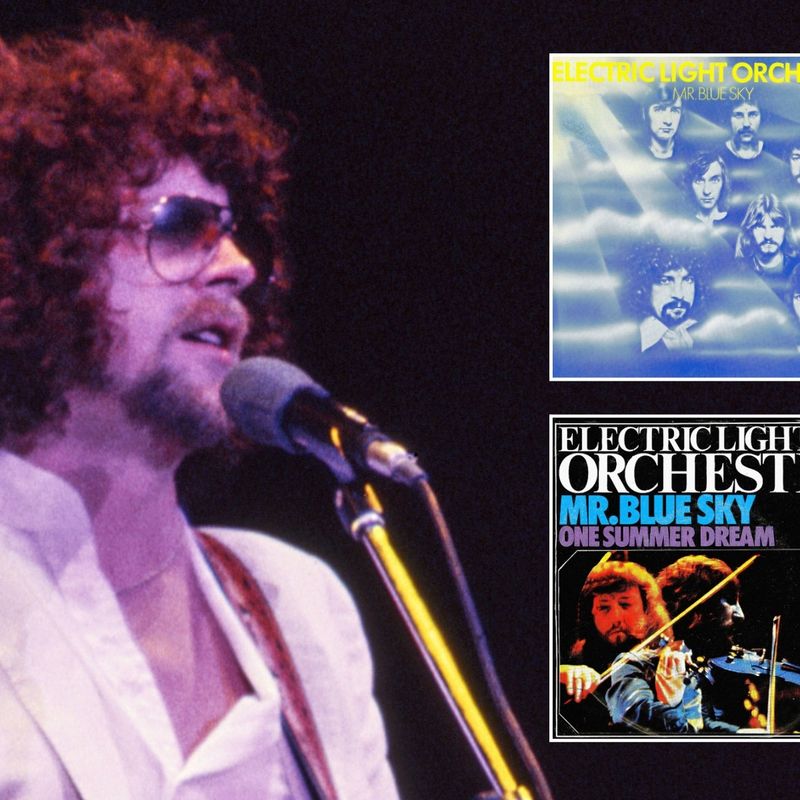Some songs take the scenic route to stardom. While instant hits grab headlines, the slow-burning tracks often hide the most fascinating stories. These musical late bloomers weathered rejection, gathered dust on shelves, or simply needed the right moment to connect with listeners. Their journeys from obscurity to recognition reveal more about creativity, perseverance, and cultural shifts than any overnight sensation ever could.
1. Fleetwood Mac’s ‘Dreams’ Awakens For A New Generation
Released in 1977, ‘Dreams’ enjoyed initial success but faded into Fleetwood Mac’s catalog until 2020. A TikTok video featuring a skateboarding man drinking cranberry juice while listening to the track went viral during the pandemic.
Suddenly, streams increased by 242%, introducing Stevie Nicks’s haunting vocals to Gen Z listeners. The song climbed back onto charts 43 years after its original release, proving great music transcends generations when given the right moment.
2. Kate Bush Runs Up That Hill With ‘Stranger Things’
Originally released in 1985, Kate Bush’s ‘Running Up That Hill’ received modest success. The song remained a cult favorite until 2022, when Netflix’s ‘Stranger Things’ featured it prominently in a pivotal scene.
The emotional connection resonated with viewers worldwide. The track surged to #1 in several countries—37 years after its debut. Bush rarely licenses her music, making this renaissance even more remarkable. She called the renewed interest ‘quite overwhelming’ as younger audiences discovered her artistic genius.
3. Journey’s ‘Don’t Stop Believin” Gets A Second Life
Journey’s anthem landed at a respectable #9 when released in 1981, then gradually faded from mainstream attention. The song’s rebirth began with its appearance in ‘The Sopranos’ finale in 2007, creating renewed interest.
Then ‘Glee’ covered the track in 2009, introducing it to a whole new generation. Sales skyrocketed, eventually making it the best-selling digital catalog song in history. The inspirational lyrics about small-town dreamers connected with audiences facing economic uncertainty, proving timing can transform a good song into a cultural touchstone.
4. Mariah Carey’s Christmas Classic Takes 25 Years To Hit #1
Mariah Carey’s ‘All I Want for Christmas Is You’ debuted in 1994 but wasn’t eligible for Billboard’s Hot 100 due to charting rules at the time. For decades, it remained a seasonal favorite without reaching its full potential.
Streaming changed everything. As holiday music consumption patterns shifted to platforms like Spotify, the song finally hit #1 in 2019—25 years after release! It has returned to the top spot every December since, earning Carey the unofficial title ‘Queen of Christmas’ and generating over $60 million in royalties.
5. Queen’s ‘Bohemian Rhapsody’ Finds New Audiences Repeatedly
Queen’s operatic masterpiece reached #9 on US charts in 1976, then largely disappeared from American airwaves. The song experienced its first revival in 1992’s ‘Wayne’s World,’ sending it back to #2—higher than its original position.
Lightning struck again in 2018 with the ‘Bohemian Rhapsody’ biopic. The song became the most-streamed 20th-century song and the oldest music video to reach one billion YouTube views. Each generation discovers Freddie Mercury’s genius anew, proving great art finds ways to remain relevant across decades.
6. Radiohead’s ‘Creep’ Transforms From Band Embarrassment To Global Anthem
Radiohead’s breakthrough single initially charted at #78 in 1992, then re-released in 1993 to better reception. The band grew to resent their early hit, rarely performing it while creating more experimental music.
Ironically, ‘Creep’ gained massive popularity through covers, film placements, and streaming platforms. Thom Yorke eventually made peace with the song, occasionally performing it at concerts to thunderous applause. The band’s complicated relationship with their most accessible track mirrors many artists’ struggle between commercial appeal and artistic growth.
7. Dolly Parton’s ‘Jolene’ Crosses Genres Through Covers
Parton’s 1973 country hit about a beautiful rival has transformed into one of music’s most covered songs. While successful on country charts, it never reached mainstream pop audiences until decades later.
The White Stripes’ raw 2004 cover introduced the song to rock fans. Miley Cyrus’s viral ‘Backyard Sessions’ version exposed it to younger listeners. Each interpretation highlighted different emotional aspects of the lyrics. Today, ‘Jolene’ remains more streamed than when it was released, proving a great story song can transcend its original genre and era.
8. Toto’s ‘Africa’ Becomes An Internet Phenomenon
Released in 1982, ‘Africa’ peaked at #1 but faded into ‘guilty pleasure’ territory for decades. Around 2017, internet memes and social media challenges centered around the song’s catchy chorus began circulating widely.
Weezer’s 2018 cover, prompted by a viral Twitter campaign, introduced the track to younger listeners. Today, ‘Africa’ has over 1 billion Spotify streams—far more than during its original run. The song’s earnest lyrics and distinctive production, once considered cheesy, now represent a nostalgic authenticity appealing to listeners tired of modern production techniques.
9. Leonard Cohen’s ‘Hallelujah’ Finds Glory Through Jeff Buckley
Cohen’s original 1984 recording of ‘Hallelujah’ went virtually unnoticed, buried on an album his label barely promoted. The song might have disappeared if not for John Cale’s 1991 cover, which Jeff Buckley then discovered and recorded for his 1994 album ‘Grace.’
Buckley’s version gained momentum after his tragic 1997 death. The song appeared in ‘Shrek’ (2001) and countless emotional TV moments. Today, ‘Hallelujah’ is considered one of the greatest songs ever written, with over 300 recorded covers—a remarkable journey for a track that initially sold fewer than 5,000 copies.
10. Rick Astley’s Rickroll Phenomenon Revives ’80s Pop
Rick Astley’s ‘Never Gonna Give You Up’ topped charts worldwide in 1987 but faded as ’80s pop went out of fashion. In 2007, the song became the centerpiece of the ‘Rickrolling’ internet prank, where users were tricked into clicking links leading to Astley’s music video.
The meme’s massive popularity sent the video past 1 billion YouTube views. Astley embraced the joke, performing at unexpected venues and events. The song’s renewed popularity introduced Astley to generations who weren’t born during his original fame, proving internet culture can resurrect forgotten hits in unpredictable ways.
11. Etta James’ ‘At Last’ Becomes The Wedding Standard
Released in 1960, ‘At Last’ peaked at #47 on Billboard’s Hot 100—a modest showing for what would become James’ signature song. The track gained gradual recognition through film placements over decades.
The turning point came when couples began choosing it for first dances at weddings in the 1990s. Beyoncé’s performance at President Obama’s 2009 inaugural ball cemented its cultural importance. Today, ‘At Last’ is streamed over 400 million times annually, primarily around wedding season. Its journey shows how cultural contexts and traditions can elevate a song beyond its initial reception.
12. The Proclaimers Walk 500 Miles To Delayed Success
Scottish duo The Proclaimers released ‘I’m Gonna Be (500 Miles)’ in 1988, achieving moderate success in the UK but minimal impact in America. Five years later, the song appeared in Johnny Depp’s film ‘Benny & Joon,’ sending it to #3 on the US charts.
The catchy anthem found additional life through sports teams’ adoption and its appearance in ‘How I Met Your Mother.’ The track’s earnest declaration of devotion and infectious chorus made it a staple at weddings and parties. Today, it remains the band’s signature song, far outperforming its original chart position.
13. A-ha’s ‘Take On Me’ Revived By Groundbreaking Animation
Norwegian band A-ha initially released ‘Take On Me’ in 1984 to little attention. After creating an innovative rotoscoped animation music video—which took 16 weeks to produce—they re-released the song in 1985 to massive success.
The video’s pencil-sketch animation technique became iconic, winning six MTV Video Music Awards. Decades later, the song found new audiences through appearances in ‘Deadpool 2’ and ‘The Last of Us.’ The track’s journey demonstrates how visual innovation can elevate music, with the video now exceeding 1.5 billion YouTube views—far more attention than during its original release.
14. Louis Armstrong’s ‘What A Wonderful World’ Blooms Late
Armstrong recorded this gentle ballad in 1967, but it failed to chart in America, though it reached #1 in the UK. The song remained largely forgotten until its powerful inclusion in the 1987 film ‘Good Morning, Vietnam,’ introducing it to a new generation.
The contrast between the hopeful lyrics and the film’s war setting created emotional resonance. Today, the song ranks among the most licensed tracks for films, commercials, and significant occasions. Armstrong didn’t live to see its renaissance, having passed away in 1971, sixteen years before the song achieved its greatest recognition.
15. The Righteous Brothers’ ‘Unchained Melody’ Finds New Love
Originally recorded in 1965, ‘Unchained Melody’ was actually the B-side to another Righteous Brothers single. While initially successful, the song experienced a massive resurgence after being featured in the iconic pottery wheel scene in 1990’s ‘Ghost.’
The film’s popularity sent the 25-year-old recording back to #13 on Billboard. A re-recorded version reached #19 simultaneously. The romantic ballad has since become standard wedding fare and appears on countless love song compilations. Its journey shows how powerful film moments can completely recontextualize music for new audiences.
16. Journey From Obscurity: Israel Kamakawiwo’ole’s ‘Somewhere Over The Rainbow’
Hawaiian musician Israel Kamakawiwo’ole recorded his ukulele medley of ‘Over the Rainbow/What a Wonderful World’ in a single take at 3 AM in 1988. The stripped-down arrangement initially received little attention outside Hawaii.
Television commercials and film placements gradually introduced the song to mainland audiences throughout the 1990s and 2000s. Following the singer’s 1997 death, the track gained momentum, eventually selling over 4.5 million digital copies. Its gentle optimism and cultural uniqueness offered listeners an authentic alternative to overproduced pop, proving great music eventually finds its audience regardless of marketing budgets.
17. Norman Greenbaum’s ‘Spirit in the Sky’ Resurrects Through Commercials
Greenbaum’s gospel-rock fusion hit #3 in 1970 but faded from radio play by the mid-70s. The distinctive guitar fuzz and religious lyrics made it unique but limited its airplay on mainstream stations.
The song found new life through commercial licensing, appearing in over 60 films and countless advertisements. Each placement introduced the track to new listeners, gradually building a multi-generational fanbase. Despite being Greenbaum’s only major hit, ‘Spirit in the Sky’ now generates more annual royalties than during its original run, demonstrating how commercial licensing can resurrect forgotten classics.
18. Bobby McFerrin’s ‘Don’t Worry Be Happy’ Survives Backlash
McFerrin’s a cappella sensation topped charts in 1988, winning three Grammy Awards. The song’s initial overexposure led to backlash, with critics dismissing it as novelty fluff. McFerrin stopped performing it for years, frustrated at being reduced to one hit.
Two decades later, streaming platforms allowed listeners to rediscover the track on their own terms. Meditation apps and wellness playlists embraced its simple message. Today, the song has shed its novelty status and is recognized for its technical achievement—McFerrin created every sound with just his voice—proving that sometimes distance from initial hype allows music’s true value to emerge.
19. Fountains of Wayne’s ‘Stacy’s Mom’ Becomes More Than A Novelty
Released in 2003, ‘Stacy’s Mom’ peaked at #21 on Billboard, initially dismissed as a one-hit-wonder novelty song. The track’s music video featuring model Rachel Hunter received heavy MTV rotation but overshadowed the band’s broader power-pop catalog.
Following songwriter Adam Schlesinger’s 2020 death from COVID-19, critics reevaluated the song’s craftsmanship. Music scholars now praise its perfect pop structure and clever homage to The Cars. College radio stations regularly feature the band’s deeper cuts. The song’s journey reflects how initial perceptions can evolve, allowing nuanced appreciation of seemingly simple pop songs.
20. Redbone’s ‘Come And Get Your Love’ Guardians Of The Galaxy Revival
Native American rock band Redbone released ‘Come and Get Your Love’ in 1974, reaching #5 on Billboard. Despite this success, the song gradually disappeared from radio playlists as the decade progressed.
Forty years later, the track’s prominent placement in 2014’s ‘Guardians of the Galaxy’ opening sequence introduced it to millions of new listeners. Streaming numbers skyrocketed 2,000% following the film. The song has since appeared in commercials and other films. Its revival highlights both Hollywood’s power to resurrect music and how Indigenous contributions to rock music have often been overlooked in music history.
21. ELO’s ‘Mr. Blue Sky’ Brightens A New Millennium
Electric Light Orchestra’s ‘Mr. Blue Sky’ reached just #35 in America upon its 1978 release. The elaborate production and Beatles-esque harmonies were out of step with disco and punk trends dominating that era.
Decades later, film directors discovered the song’s cinematic qualities. Appearances in ‘Eternal Sunshine of the Spotless Mind’ (2004), ‘Guardians of the Galaxy Vol. 2’ (2017), and numerous commercials introduced it to younger audiences. Today, it ranks among ELO’s most streamed songs, with over 1 billion Spotify plays. The track’s optimistic energy resonates with listeners seeking musical escapism in challenging times.
22. Ram Jam’s ‘Black Betty’ Muscles Into Sports Arenas
Ram Jam’s hard rock adaptation of the traditional work song reached #18 in 1977 but quickly faded from radio. The band dissolved shortly after, seemingly relegating ‘Black Betty’ to one-hit-wonder status.
The song found unexpected resurrection in sports stadiums during the 1990s. Its driving rhythm and chantable chorus made it perfect for energizing crowds. Video game appearances in ‘Guitar Hero’ and ‘Need for Speed’ introduced it to gamers. Despite controversy over the original folk song’s potentially problematic origins, the track’s muscular production continues attracting new listeners who discover it through sports broadcasts rather than music channels.



